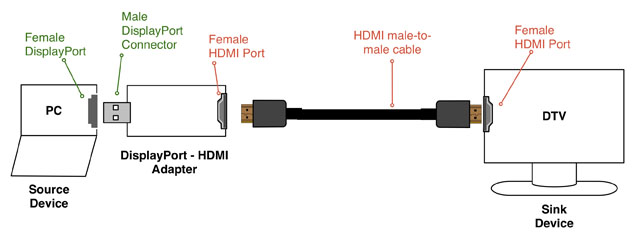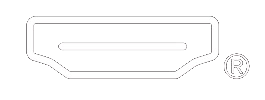HDMI, LLC Response to Mini DisplayPort-HDMI Cables
HDMI Licensing, LLC, the agent responsible for licensing the HDMI® specification and promoting the HDMI standard, would like to provide clarification on the recent reports concerning the non-compliance of Mini DisplayPort to HDMI cables.
HDMI Licensing’s utmost concern is to maintain the highest level of interoperability possible among devices that use HDMI technology. Ensuring that HDMI-connected devices perform according to the Specification is crucial to maintaining the integrity of the standard for consumers and Adopters alike. Devices that cannot be tested for compliance and interoperability, or that do not pass testing, do not represent the highest standard of HDMI technology and diminish the superior home theater experience consumers have come to expect from HDMI technology.
The HDMI Consortium has always contemplated and supported content moving from one format to another. To that end, the HDMI Specification supports solutions that convert a signal from a non-HDMI source device into a fully compliant HDMI signal. HDMI Licensing, LLC refers to this solution as an adapter (dongle) solution.
DisplayPort to HDMI Adapter (dongle)
The DisplayPort to HDMI adapters (Figure 1.) on the market today can be tested for compliance and interoperability because the HDMI Specification and the Compliance Test Specification (CTS) have defined the requirements for such an adapter. The adapter provides a source device, such as a PC, with an HDMI output receptacle (or female connector), which is an essential element for CTS interoperability testing. With an adapter connected to the source device, the consumer can establish an HDMI connection to the sink device, such as a DTV, via a certified HDMI cable (which has HDMI male connectors on both ends).


Mini DisplayPort to HDMI Cable
The Mini DisplayPort to HDMI cable (Figure 2.) features a male DisplayPort connector on one end and a male HDMI connector (plug) on the other end to connect a DisplayPort source device directly to the HDMI receptacle port (female connector) on a sink device. This cable does not provide an HDMI receptacle port (or female connector) from the source device and is not defined in the HDMI Specification, which means it presently cannot be tested for compliance or interoperability using the HDMI CTS. Lacking the instructions from the HDMI Specification, Adopters have no guidance on how to design and manufacture this type of cable. Therefore, consumers cannot be assured that products using this type of cable will work as expected. HDMI Licensing has informed select manufacturers of DisplayPort and Mini DisplayPort to HDMI cables of the non-compliance status of their products, but did not ask for a recall yet.


To summarize, HDMI Licensing, LLC intends to continue its work to support adoption of the Standard and the efforts of its Adopters to develop products that meet requirements for compliance and interoperability. We have ongoing training and education programs in place to educate all facets of the consumer electronics community and hope this clarifies the options for supporting DisplayPort devices in the HDMI ecosystem. Readers are encouraged to contact HDMI Licensing, LLC at http://www.hdmi.org/index.aspx if they would like further assistance.
- Valerie Robbins
- July 19 2011
- HDMI 1.4,

